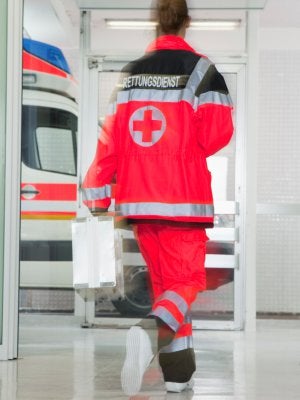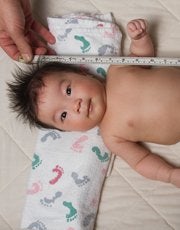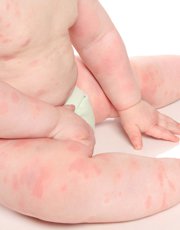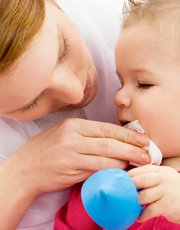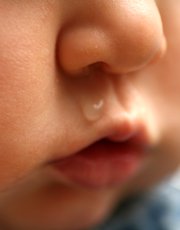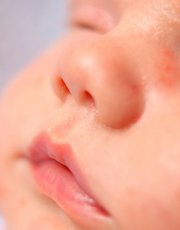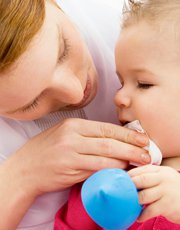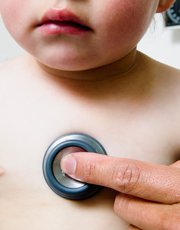
We believe breast milk is the best food for infants. When in consultation with their healthcare professional, mothers and families find that optimal breastfeeding is not possible due to their infant’s medical condition, formulas for special medical purposes play a vital role in providing essential nutrients to infants. We have a global commitment to market breast-milk substitutes responsibly.
This website is about the management of cows’ milk protein allergy and nutritional solutions intended for infants. By continuing on this website, you accept that Nestlé Health Science supplies the information at your own request.
Are you a healthcare professional (HCP) or a parent?
SYMPTOM: ANAPHYLAXIS
Anaphylaxis meaning
Anaphylactic shock is a severe allergic reaction to venom, food, or medication and the symptoms it causes is called anaphylactic shock. Anaphylactic shock is a severe, immediate, allergic reaction, which can affect many organ systems. Anaphylactic shock is serious and potentially life threatening.
When exposed to something the body is allergic to, the immune system releases chemicals that flood the body. Blood pressure drops suddenly and airways narrow, possibly blocking normal breathing and the body’s cells and organs don’t get enough oxygen.
Anaphylactic shock in babies
When anaphylactic shock is most severe, a baby may experience this airway narrowing and swelling, and a drop in blood pressure making it difficult to breathe. Anaphylactic shock happens most often in children and although it is not common, it is not rare in babies.
Anaphylaxis symptoms
Anaphylaxis includes a wide range of symptoms that can start quickly, within minutes, or several hours after exposure to an allergy trigger. The main symptoms to look out for are:
- Shortness of breath, wheezing, coughing or tightness in chest
- Trouble breathing or swallowing
- Skin changes like rash, redness or hives
- Pale skin or turning a bluish colour
- Swelling of the lips or tongue
- Sneezing
- Stuffy or runny nose
- Tight throat, difficulty swallowing, and hoarseness
- Weak pulse
- Vomiting
- Diarrhoea
- Dizziness or fainting
- Rapid heartbeat
- Confusion, drowsiness or agitation
- Irritability, fussiness, or inconsolable crying
- Sudden drooling
- Unusual sleepiness
If you suspect your baby has had an anaphylactic shock, you should contact the emergency services and take your baby to the hospital immediately.
Anaphylaxis treatment
The first step for treating anaphylactic shock will likely be injecting epinephrine immediately. This is a form of adrenaline and can reduce the severity of the allergic reaction. Often, epinephrine autoinjectors are prescribed to those who have had an anaphylactic reaction and for infants and children that are at high risk for anaphylaxis.
Can Cows’ Milk Allergy cause anaphylactic reaction
An allergic reaction to food, e.g. Cows’ Milk Allergy (CMA) is one of the most common triggers of anaphylactic shock in babies. Other triggers include insect stings, medications and latex. Symptoms can occur very suddenly and get worse very quickly.